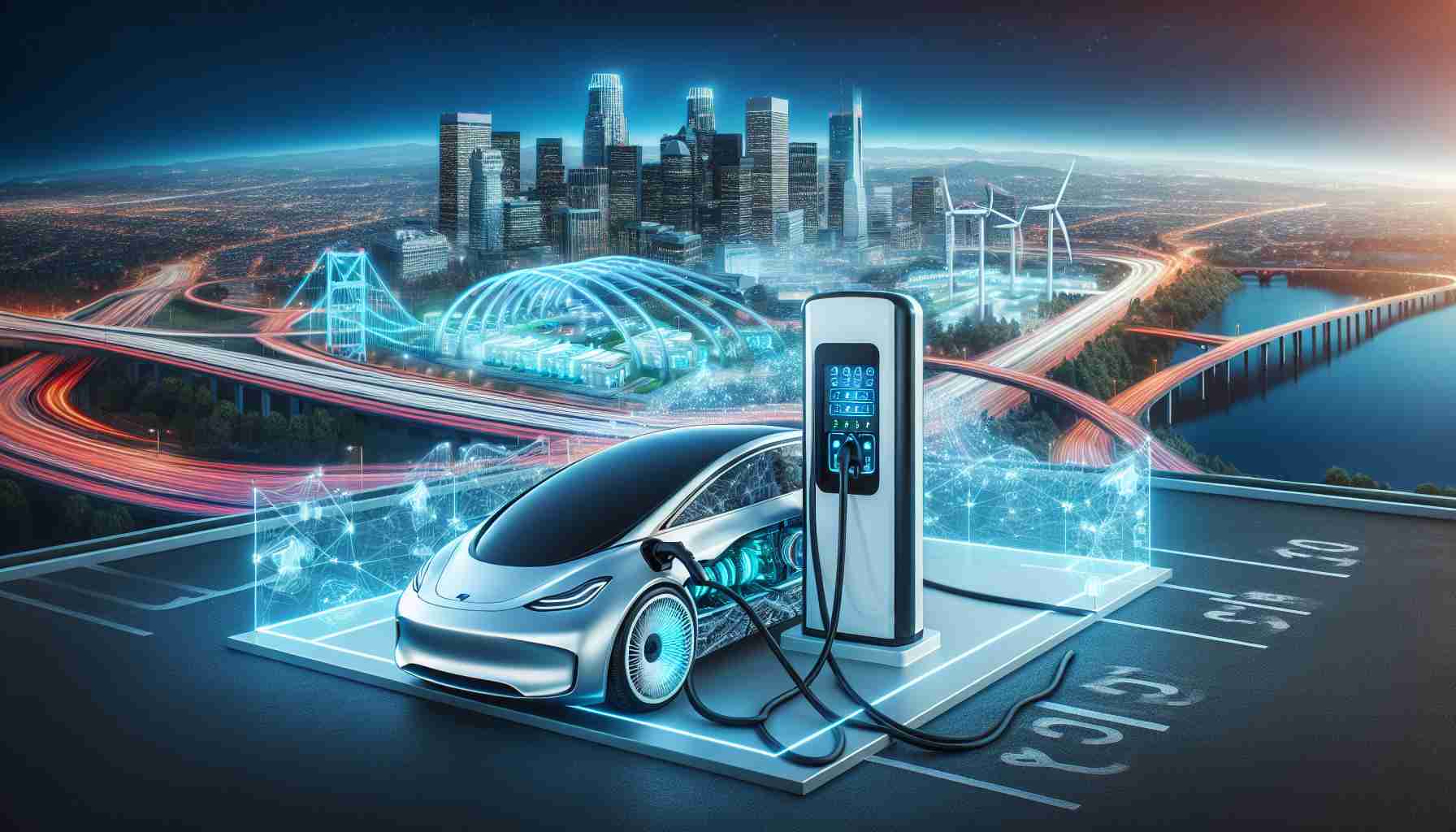The rise of electric vehicles (EVs) is set to transform transportation in America, with projections indicating that 78.5 million EVs will be operating on U.S. roads by 2035. In anticipation of this surge, electric utilities are committing over $5.3 billion toward the development of EV charging networks. A recent report from the Edison Electric Institute (EEI) highlights the critical role these investments play in facilitating the expected growth in EV usage.
To adequately support the projected number of electric vehicles, around 42.2 million charging ports will be required, including 325,000 public DC fast chargers and millions of home and workplace charging stations. The report emphasizes that the current focus on 2030 is merely a starting point; by the end of this decade, approximately 140,000 DC fast chargers and nearly 1.9 million Level 2 chargers must be installed to meet rising demand.
There currently exists a significant disparity between the available charging infrastructure—134,000 Level 2 ports and 44,000 DC fast chargers—and the anticipated needs. Utility companies are proactively working to bridge this gap, aided by federal funding initiatives like the National Electric Vehicle Infrastructure (NEVI) program, which allocates $5 billion for public charging deployment.
These efforts aim to establish a dependable, nationwide EV charging network, ensuring that electric vehicle users can travel with confidence as the landscape evolves over the next decade.
Essential Tips and Life Hacks for Navigating the Electric Vehicle Revolution
As electric vehicles (EVs) become increasingly popular, understanding how to adapt to this changing transportation landscape is essential. Here are some invaluable tips, life hacks, and interesting facts to help you make the most of the electric vehicle experience.
1. Familiarize Yourself with Charging Types:
Understanding the differences between charging classifications—Level 1, Level 2, and DC fast charging—is crucial. Level 1 chargers are perfect for overnight charging at home, while Level 2 chargers, often found in public spaces, offer a quicker charge. DC fast chargers are ideal for long trips, providing substantial charge in about 30 minutes. Knowing when and where to utilize each type can save you time and energy.
2. Use Charging Apps:
Embrace technology by downloading EV charging station apps like PlugShare, ChargePoint, or EVgo. These handy tools can help you locate available charging stations, check their compatibility with your vehicle, and even view real-time availability, making your charging experience smooth and hassle-free.
3. Plan Your Routes:
Before embarking on longer journeys, plan your route to incorporate charging stops. Utilize the aforementioned apps or your vehicle’s navigation system, which may highlight charging stations along your planned path. This proactive approach prevents range anxiety and ensures that you reach your destination comfortably.
4. Take Advantage of Incentives:
Many states offer tax incentives and rebates for EV purchases, home charging station installations, and more. Do your research on available programs in your area to maximize your savings and make your transition to electric driving more affordable.
5. Consider Home Charging Options:
If you own an EV, installing a Level 2 charging station at home can provide great convenience. Though there may be an upfront cost, the convenience, and potential savings on fuel can more than make up for it. Additionally, some utility companies offer rebates for home charger installations.
Interesting Fact:
Did you know that by 2035, projections suggest there will be approximately 78.5 million electric vehicles on U.S. roads? This significant surge will necessitate about 42.2 million charging ports. The expansion of charging infrastructure is crucial for meeting this demand, with utility companies investing heavily in supporting this transition.
6. Stay Updated on Infrastructure Developments:
Keep an eye on the latest news regarding federal and state investments in EV infrastructure, such as the $5 billion allocated by the National Electric Vehicle Infrastructure (NEVI) program. Being aware of new charging sites and advancements in technology can enhance your EV experience and make planning your trips easier.
7. Educate Yourself About Maintenance:
EVs typically require less maintenance than traditional vehicles, but it’s still important to keep up with necessary checks like tire rotations, brake inspections, and software updates. Understanding the upkeep needed will help ensure your vehicle runs efficiently.
For more insights into the expanding world of electric vehicles and their impact, you can visit the Edison Electric Institute for detailed reports and updates.
By integrating these tips and exploring the fascinating world of electric vehicles, you can optimize your driving experience and be part of the EV revolution transforming transportation in America.







